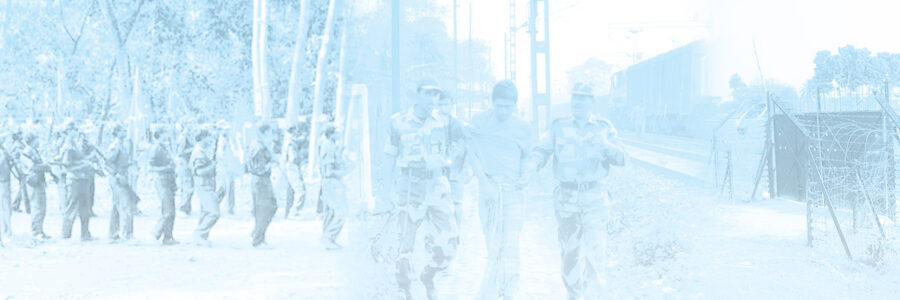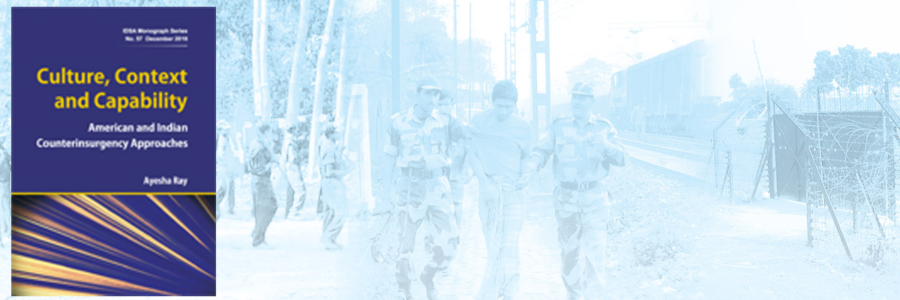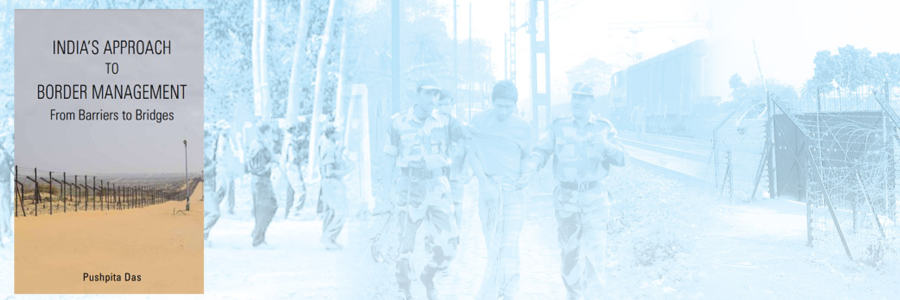The July 2008 Terrorist Attacks in Bengaluru and Ahmedabad
Two co-ordinated strikes on July 25 and 26, 2008 in Bengaluru and Ahmedabad killed 54 people and injured nearly 200. In the next few days, 28 bombs including two car bombs were found in Surat, which possibly did not explode due to faulty mechanism. This set of incidents seems to mark a new terrorist tactic – the targeting of important cities to cause significant casualties. Serial blasts of this kind began in India with the October 2005 co-ordinated strikes in New Delhi.
- T. Khurshchev Singh
- August 12, 2008















